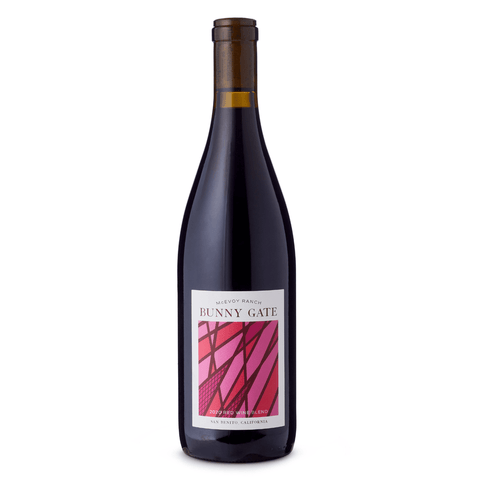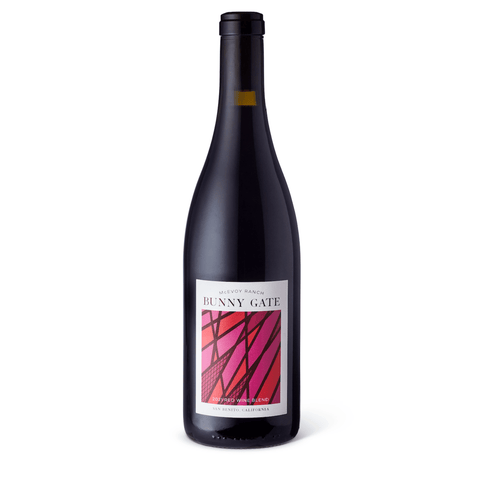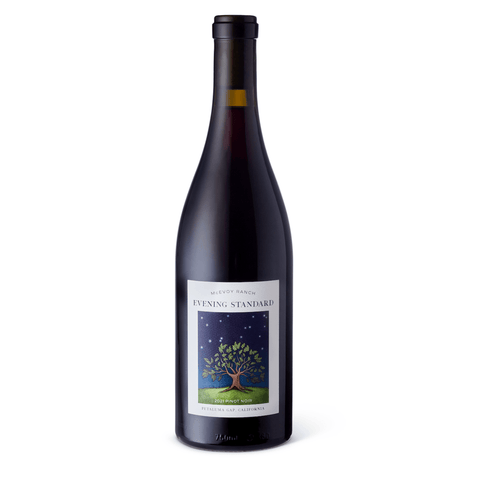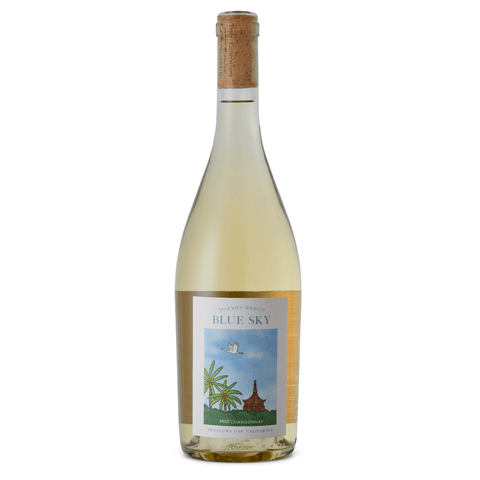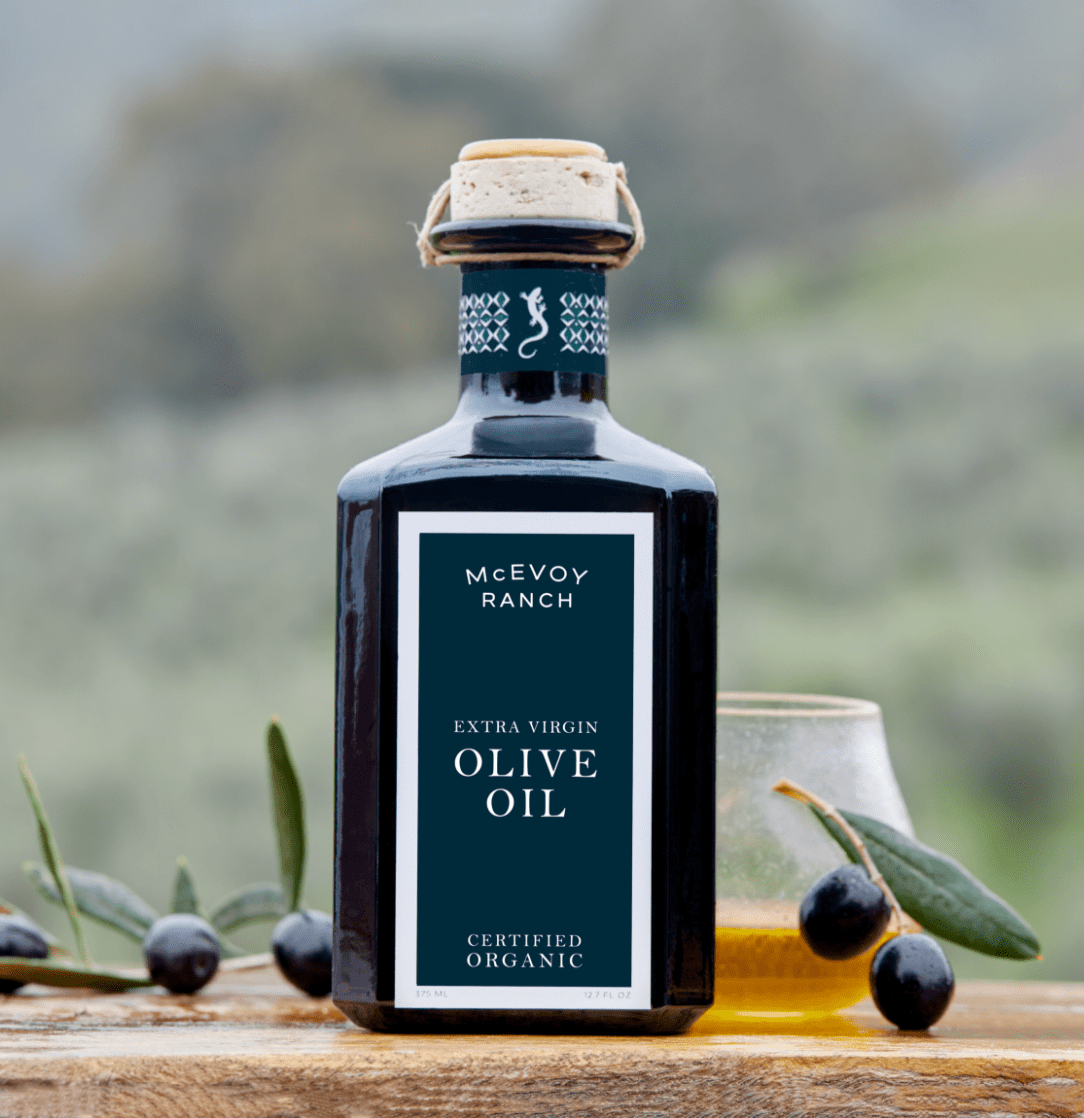
WHAT IS THE DIFFERENCE BETWEEN EXTRA VIRGIN AND VIRGIN OLIVE OIL AND HOW IS OIL GRADED?
EXTRA VIRGIN OLIVE OIL: Extra virgin olive oil is considered the highest grade. To receive this status, it must be 100 percent olives, meaning it cannot be blended with other types of oil, such as safflower or canola. It must also be extracted by mechanical methods. Many cooking oils use chemical solvents to fully and efficiently extract oil, but extra virgin olive oil relies on machines designed to crush, press, and spin oil out of olives. This technique retains the full integrity of the fruit and its rich flavor. Extra virgin olive oil must also pass a series of chemical and sensory tests. In particular an extra virgin olive oil must have a free fatty acid level (FFA) of 0.5% or less, which measures the quality of the fruit prior to milling.
HOW SHOULD I STORE EXTRA VIRGIN OLIVE OIL?
We recommend finding a dark, cool, dry place to store your olive oil. We bottle McEvoy Extra Virgin Olive Oil in dark green glass or an opaque box to protect it from light and to ensure consistent quality. While the refrigerator might seem like a wise option, the moisture is not good for your oil. We recommend using your olive oil frequently, unlike wine, olive oil does not get better with age and contact with a large amount of air in a half-filled bottle will reduce the positive flavors and speed up oxidation.
MORE ABOUT SENSORY EVALUATION: Like many consumer products, olive oil grading is done partially by an independent sensory panel trained to recognize a series of positive and negative attributes. The panelists taste blindly, meaning they have no background knowledge beyond what they can smell and taste. Panelists also taste without interacting, often in booths or with partitions separating them. For an oil to receive extra virgin status, panelists must indicate that it contains some fruity flavors and detect no defects while evaluating.
VIRGIN OLIVE OIL: Like extra virgin olive oil, virgin oil must also be 100 percent olives, extracted without the use of solvents, and must pass a series of sensory and chemical tests measuring quality. Virgin oil can have higher FFA levels and include some sensory defects.
MORE ABOUT CHEMICAL ANALYSIS: Every oil that is labeled extra virgin has passed a series of chemical tests by an independent laboratory to measure its quality. The most common tests measure free fatty acid (FFA) and peroxide levels. FFA levels measure the breakdown of the basic fat structure and indicate the quality of the fruit prior to milling. Peroxide levels indicate the initial oxidation of an oil. This is often seen in oil exposed to light or high ambient temperatures. We recommend our customers avoid exposing their oil to bright light or high temperatures, as this will speed up oxidation. For this reason our olive oil is either bottled in dark green glass or packaged in a box to shield the oil from light.
The standards associated with grading olive oil vary slightly from one organization to another. According to the International Olive Oil Council and the United States Department of Agriculture, an olive oil must have a minimum FFA level of 0.5% and a peroxide level less than 15 milliequivalents per kilo to be considered extra virgin. In 2014 California passed standards to ensure the quality of olive oil produced within the state, including the addition of DAG and PPP testing, which are seen by some as more accurate readings of quality.
Certified Organic
By CCOF
Sustainably Produced
At Our Ranch
Early Harvested
High Polyphenols
Award Winning
Extra Virgin Olive Oil


